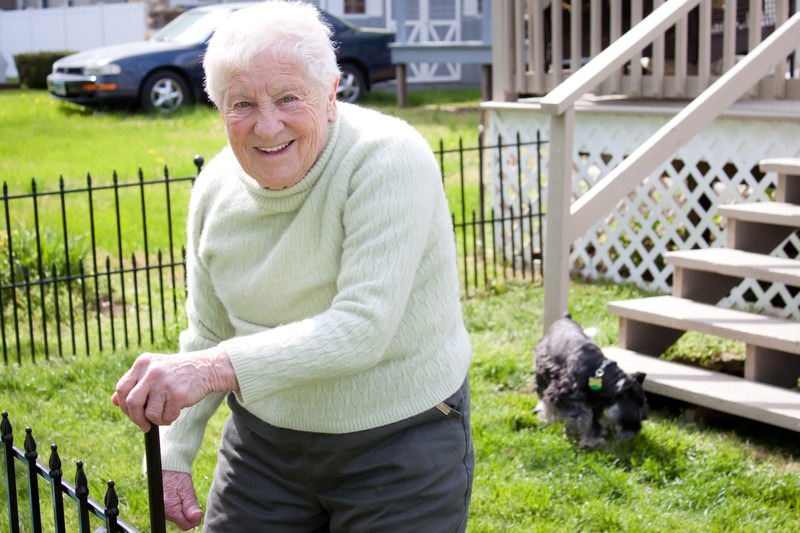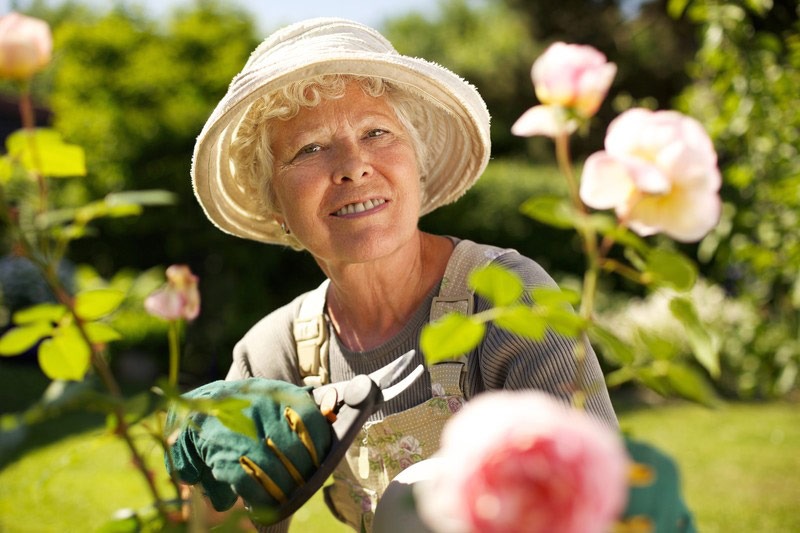Skilled nursing homes are residential facilities that employ a full medical staff to care for those in need of continual medical attention. This may be an alternative to a long-term stay in a hospitals.
There are two types of residents:
- long-term care patients expected to stay in the nursing home to live out their life
- acute-care patients recovering from an illness, surgery, or injury
Nursing homes employ both:
- doctors, who create care plans for the residents
- nurses, who carry out the care plans and are responsible for daily assistance
Many nursing homes provide planned activities, increased social interaction, and even classes intended to help seniors stay healthier longer. The more serious a senior’s health concerns, the more likely it is that Medicare will cover expenses.
Services
Like assisted living facilities, skilled nursing facilities can provide assistance with personal tasks:
- dressing and bathing
- wound management and care
- rehab services
- extensive medical care
Lack of social stimulation can increase the onset of dementia, so skilled nursing homes can be a great choice for seniors who would otherwise be isolated.
Specialization
Most nursing homes employ:
- Licensed Practical Nurses (LPNs)
- Licensed Vocational Nurses (LVNs); one year of training after high school
- Registered Nurses (RNs); two to four years of a nursing program
- Nurse Practitioners
- Clinical Nurse Specialists; two to three years of graduate school after nursing school
Preparation
How much assistance does your loved one need?
- Will this be a permanent situation, or is that unclear? If permanent, estimate in years.
- What are the particular health concerns that require medical care?
- What is your monthly budget? How long will the funding be available?
What financial instruments are in place to help cover costs?
- Medicare
- Long-term Care Insurance
- Other types of Insurance
- Savings, IRA’s, etc.
What complications might you expect? Are there issues that might require special care?
- Established distrust of medical personnel
- Depression or anxiety due to moving
- Dementia
Evaluation
Understand if the facility is:
- Medicaid/Medicare certified
- Licensed by the state
- Staffed by bonded/insured employees
- How many permanent residents in the facility?
With respect to the caregivers, what are the:
- caregiver to resident ratios around the clock?
- minimum qualifications of your nurses?
- screening processes for employees?
Skilled Nursing Homes Radio Show Segments
- Dispelling myths about senior living, part 4
Whether regarding skilled care, skilled nursing, or memory care, especially during the pandemic myths have persisted about senior living.
This hour, Kelley Smith at CarePartners Senior Living talked about the myths and realities of senior living. This segment focuses on family members who care for a senior loved one. It’s important to understand your role to make sure they have the best quality of life possible. Learn more about CarePartners Senior Living.
- Dispelling myths about senior living, part 3
Whether regarding skilled care, skilled nursing, or memory care, especially during the pandemic myths have persisted about senior living.
In this segment Kelley Smith at CarePartners Senior Living focuses on quality of life: what to expect in a senior living or assisted living community. It’s not what you might think, and there are a lot of preconceived ideas about skilled care. Nothing’s perfect, but if you’re a caregiver and it’s affecting you to where you can’t do it any more, or you’re in a situation where their needs are over your head, you’re not serving them by keeping them at home. They see people get better in assisted living, because they’re getting three home-cooked meals a day, getting their medications on time, there are people around – just having human contact adds to quality of life, rather than being isolated and just seeing your kids now and then. Getting them involved with a community their own age, where there are things happening and things to look forward to, improves their quality of life. Learn more about CarePartners Senior Living.
- Dispelling myths about senior living, part 2
Whether regarding skilled care, skilled nursing, or memory care, especially during the pandemic myths have persisted about senior living.
In this segment Kelley Smith at CarePartners Senior Living explains that the general public’s impression of senior living is based on folklore. People think their mom will move in and be isolated, as when you changed schools as a kid. But that’s not giving the communities enough credit. A lot of communities have ambassadors that introduce your mom to new people. That’s why you fill out a social assessment – for instance if she’s from Norway they might sit her with someone from Norway. A lot of communities put their residents first, with activities, and have a way of making sure the residents are entertained throughout the day. There’s something for everyone. Learn more about CarePartners Senior Living.
- Dispelling myths about senior living, part 1
Whether regarding skilled care, skilled nursing, or memory care, especially during the pandemic myths have persisted about senior living.
In this hour, Suzanne Newman talks with Kelley Smith at CarePartners Senior Living about myths heard all the time about senior care. We remember great-grandma or great-grandpa being in nursing homes, which weren’t pleasant places. They don’t exist any more — skilled nursing has taken over, and it doesn’t look the same as it did even five or ten years ago. If you don’t know anybody in assisted living, if you’ve never been to an assisted living facility, you don’t know what actually happens. Skilled nursing now is more like a rehab center that need 24-hour care not appropriate for a hospital setting. People don’t realize that things like therapy dog visits and music therapy are available, providing a quality of life — they don’t even know that it exists. Learn more about CarePartners Senior Living.
- Rehabilitative Care at Warm Beach Senior Community, with Scott Ernst
The Warm Beach Senior Community provides post acute and rehabilitative care following hospitalization. Scott Ernst says they fulfill the need for skilled nursing and rehab for therapies — on hips, knees, joints, legs — to get a person back to the quality of life to resume their regular lives. Scott Ernst describes various aspects of care, including physical, occupational and speech/language therapies, pain management, and wound care. The Warm Beach Senior Community is located in Stanwood, Washington.
- Memory Care with Kathleen Beers
New statistics show one in three senior deaths are related to dementia and Alzheimer’s. A lot of people are noticing memory issues with their parents, or they see challenges like leaving the stove on, and they’re concerned. This is a good time to reach out to a community like Patriot’s Glen. A conversation with Kathleen Beers at Careage about Memory Care.
- Skilled Nursing
Beth Deems at Mission Health Care discusses the topic of Skilled Nursing. Once your parent has moved to skilled nursing, you may wonder what exactly that entails and why it is preferable to outpatient or in-home rehabilitation. Skilled nursing is focused on getting your loved one back to their prior living situation. By having 6 days of therapy a week (instead of 2 days, like in-home or outpatient), the patient progresses faster and returns to more independent living.
- Continuum of Care
Beth Deems at Mission Health Care discusses the continuum of senior care. Seniors want to stay in their home as long as possible, and we want to encourage that. But there comes a time when the family starts to get concerned. You always want to do right by your parents. When you are at that crossroads, here are the considerations that a family should look at.
- Fall Prevention with Beth Deems
Beth Deems at Mission Health Care discusses fall prevention, one of the best things we as caregivers can do for our senior parents. And while it may not be possible to prevent all falls, mitigating that risk is so important. One in five falls results in a serious injury, such as broken bone or head injury, according to the Center for Disease Control.













